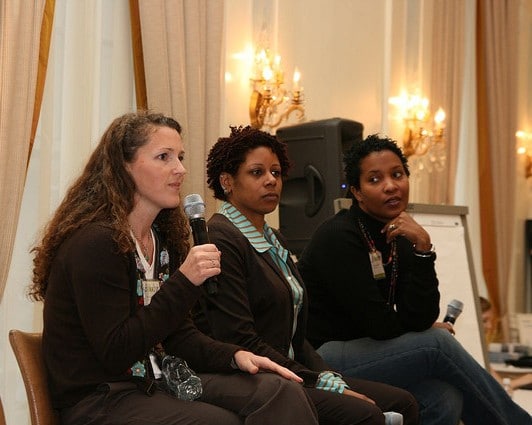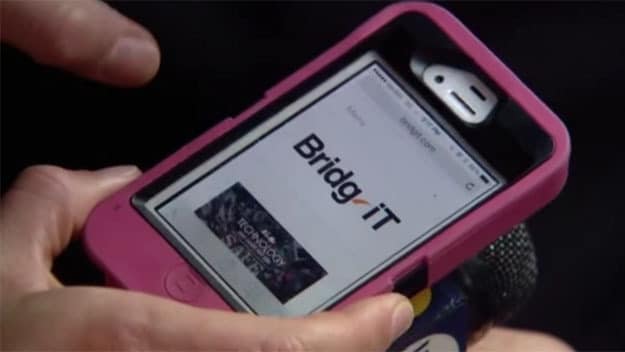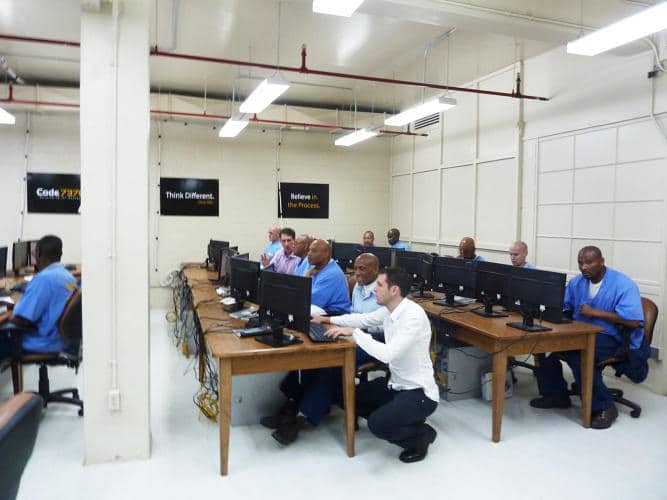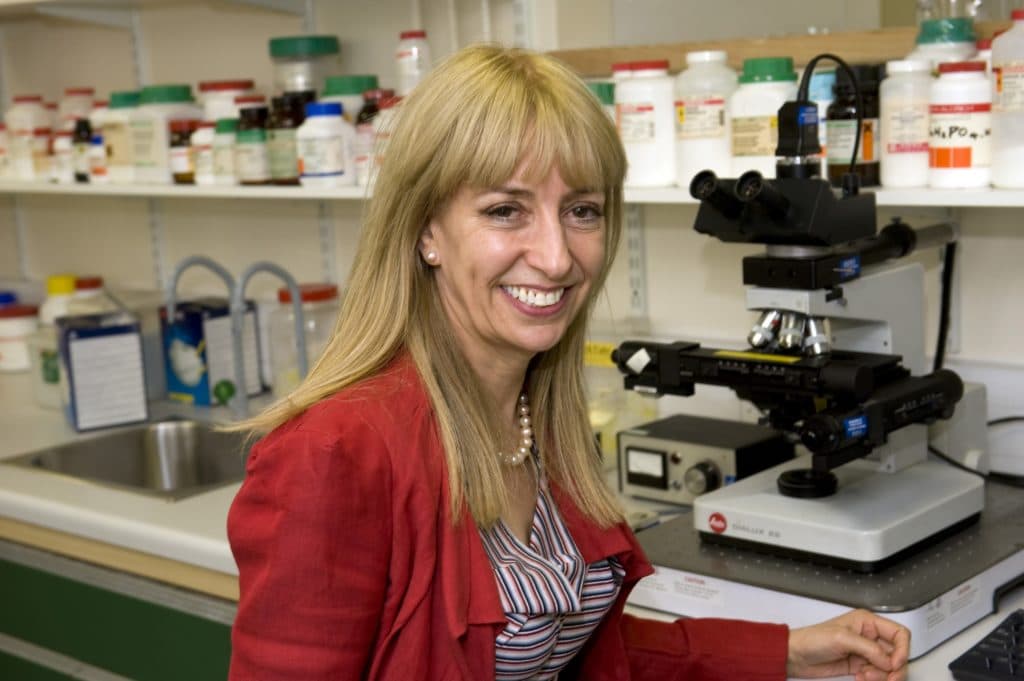Despite living in a world run by advances in technology and groundbreaking discoveries in science, famed astrophysicist Neil deGrasse Tyson still finds himself battling to increase the public’s science literacy level.
Today, scientific discoveries are often perfectly integrated into our lives through new advancements in medicine, technology, transportation and more.
Because science manages to blend itself so well into a person’s daily life, it becomes easier not to actually acknowledge those things as scientific and that, Tyson explains, could be a problem.
“We’re not constantly reminded of it,” Tyson said, according to NorthJersey.com. “If we were, we would say, ‘Oh, you’re a scientist – tell me more about how my future will be improved by what you do.’ “
Instead people barely notice anything that today’s scientists do because they simply recognize their discoveries or advancements as “just life.”
“But if [science] slides into your life, on a level where it’s fully blended with your waking hours and sleeping hours, then you’re not thinking science,” Tyson continued. “You’re thinking that’s just life. Science is something else. Science is what you take in a class.”
This lack of scientific literacy has caused Tyson to dedicate much of his time trying to educate the public and significantly boost their level of science literacy.
His latest step to doing so brought him to Prudential Hall at the New Jersey Performing Arts Center on Tuesday for an old-fashioned Chautauqua lecture.
The old-fashioned lecture style is named after an early town in New York that kicked off the idea of an adult education movement that would provide traveling lectures across the nation to keep the country informed throughout the early 20th century.
“I’m glad [this idea] is coming back, and I don’t take it lightly,” Tyson said.
While it may be an older lecture style, Tyson had no intentions of pushing modern topics to the side.
“I’ll surely be talking about the comet landing in whatever I talk about,” he continued. “What I talk about is folded into whatever is the current event at the time.”
The “comet landing” Tyson mentioned was a reference to the recent landing of Europe’s Philae probe.
By focusing on scientific current events, Tyson hopes to boost the audience’s curiosity in science while also informing them in a way that will have them feeling empowered against those who would typically take advantage of scientific ignorance.
“My goal is, by the end of the evening, a scaffold has been erected, in the hearts and minds of people, and that’s the science literacy scaffold,” he told NorthJersey.com. “That enables you to receive science information going forward, in deeper ways than might have been possible otherwise. Because when you’re scientifically literate, you’re empowered to think in ways that protect you from charlatans who might exploit what might otherwise be your ignorance of science for their own financial gain.”
The Cosmos: A Spacetime Odyssey host explained that it is important for people to take science into consideration even when dealing with politics.
Tyson has testified before Congress several times in the past but says he is much more concerned about educating the public, not the politicians.
“People say, ‘Why don’t you teach these lawmakers about science?’ “ Tyson said. “I have no interest because they have to be re-elected every two years. And in terms of my investment of energy, I don’t think that’s the wisest way to allocate it. Instead, I communicate with the public.”













